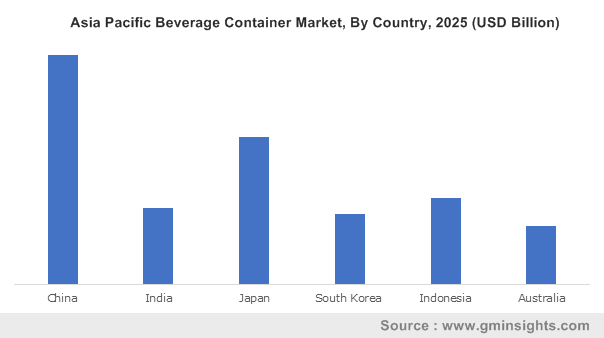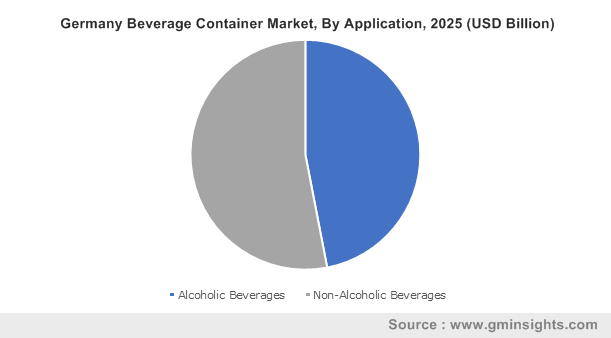Home > Packaging > Industrial Packaging > Industrial Wrapping and Protection > Global Beverage Container Market
Global Beverage Container Market Analysis
- Report ID: GMI140
- Published Date: May 2019
- Report Format: PDF
Global Beverage Container Market Analysis
Glass is among the fastest growing segments in the global beverage container market. The capability of glass to preserve strength, aroma, and flavors of beverages makes it the most preferred option for the alcohol industry. The material is 100% recyclable, thereby making it a desirable packaging option from environment point of view. Six tons of recycled glass indirectly saves six tons of substitute resources and reduces CO2 emission by one ton. The material is odourless, chemically inert and provides resistance to gases and vapours.
Paperboard segment offers benefits including lightweight, low cost, easy handling, high strength to weight ratio, and recyclability. The environmentally friendly nature of this material has widened its scope of use for all types of beverages including fruit, caffeine, energy, carbonated, etc. Growing focus towards the use of recycling materials along with improving the flexibility and presentation of packaging has enhanced the use of this material across myriad beverage packaging segments.
Cartons are anticipated to witness over 4.5% gains from 2019 to 2025. Cartons enable safe storage and transportation of beverages and provide customized packaging based on the manufacturer’s marketing requirements. Cartons have an extended shelf life, minimal wastage, and convenience, which are among the key reasons responsible for sustained beverage carton sales on a global level. Customers are increasingly opting for biodegradable and eco-friendly packaging, which is likely to cause beverage manufacturers to shift their focus from conventional packaging solutions. Additionally, government support for the use of container materials with low carbon footprint will significantly propel the demand for beverage cartons.
Pouches accounted for more than 12% share in the overall beverage container market. The increasing popularity of pouches due to its flexibility and easy to handle nature will support segment growth. Pouches are available in a variety of size, shapes, and color and are immensely popular among children. Flexographic printing, shape & structure, cost reduction, and convenience are certain key factors that will contribute towards segment growth over the forecasted timeframe.
Alcoholic beverages accounted for more than 45% share in the overall beverage container market. Alcohol beverage container play a major role in the brand promotion of alcohol. Increasing global consumption of alcoholic beverages and focus on recycling are the two major factors driving the segment growth. Major manufacturers in the industry are developing containers, with an aim to safeguard the alcohol properties for a longer period. This has increased the demand for sustainable materials which will promulgate beverage container market.
Non-alcoholic beverage consumption will witness gains at over 4% up to 2025. Growing popularity of non-alcoholic drinks such as energy drinks and fruit juices will proliferate overall beverage container market. The inclination of the customers towards attractive and sustainable packaging options for their beverages is expected to bolster the product penetration in this segment. Additionally, rising consumer awareness regarding the use of sustainable materials have led the manufacturers in this segment to adopt organic materials for packing their beverages. This will give an impetus to the industry growth.
Asia Pacific is expected to witness a growth of more than 4% by 2025. The changing consumer preferences coupled with high growth in economies including India, China, Indonesia, Malaysia, and Indonesia are driving the beverage container market in this region. The industry is expected to witness a surge owing to high demand for glass bottles from the alcoholic beverage industry. While the growth of the non-alcoholic beverage containers is largely driven by growth in consumption of fruit beverages and packaged water.

Europe accounted for more than 20% share in the overall beverage container market. The ready availability of natural resources coupled with improved production facilities and low-cost labor will escalate the beverage container market growth. The European beverage container market is largely driven by changing consumer preference and the need for prolonged shelf-life of beverages. However, government regulations along with a ban on certain materials used for manufacturing containers might lay cost pressures on manufacturers and are few of the factors that hinder the market growth.

